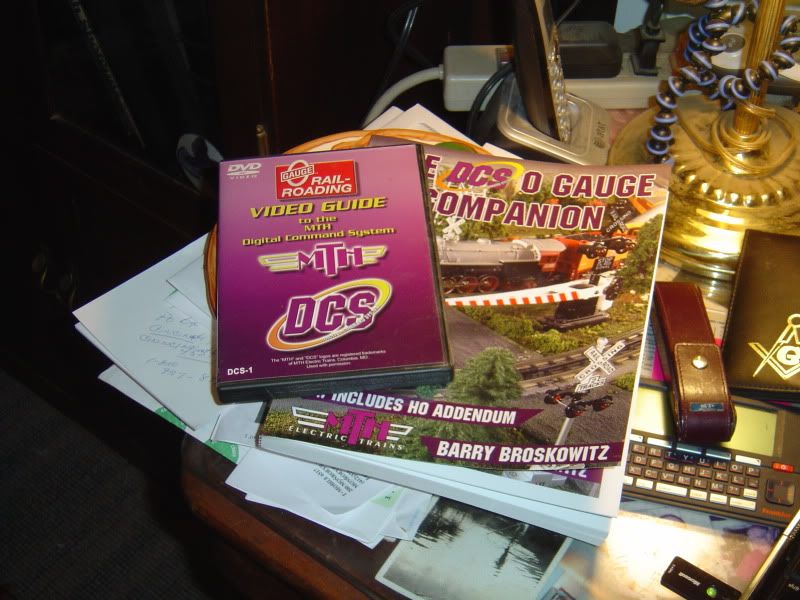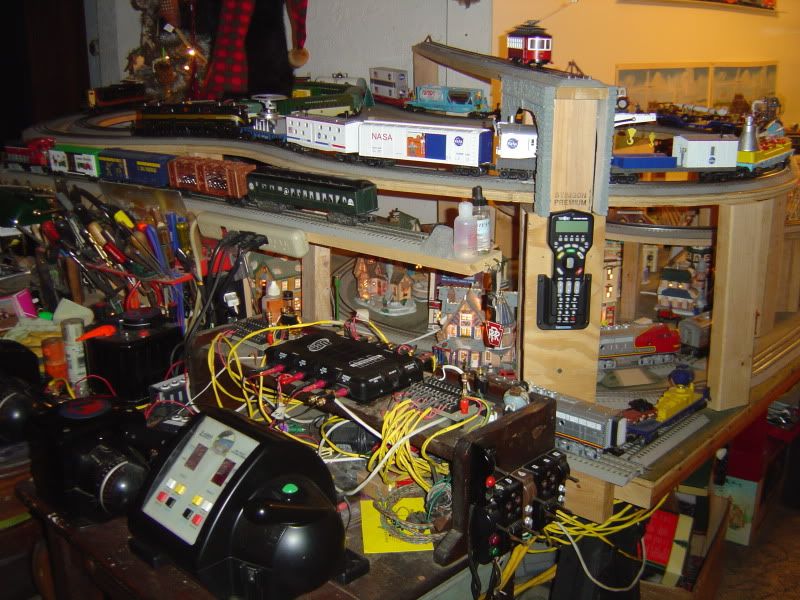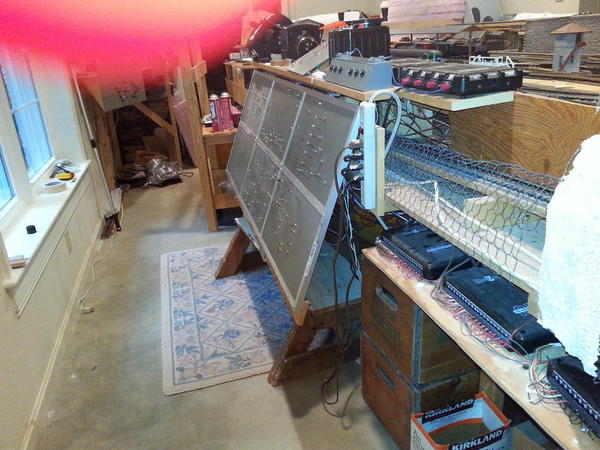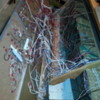Brandy,
Which rail does the DCS signal run thru from the Tiu, I assume it's the center rail?
The short answer is the center rail. The actual answer is more complicated.
From The DCS O Gauge Companion 2nd Edition, page 56:
Home Run/Star Wiring Methods
While the 2-way communication between the DCS Remote and the TIU is done wirelessly, DCS provides 2-way communication between the TIU and PS2 engines through the rails. Although DCS has been proven to work very well using a number of different wiring schemes, it works best when there is a clear path for command and acknowledgement between the TIU and PS2 engines.
This clear path is best obtained when the wires for the center and outside rails are run as pairs. DCS uses a transmission method known as “differential signaling” to provide improved data communications through the rails between the TIU and PS2/PS3 engines. Differential signaling transmits information electrically with two complementary signals sent on two separate wires. In the case of DCS, these wires are the Hot and Common wires between the TIU and the tracks. These two wires provide "mirroring" of data packets which serves to make commands more easily identified by PS2 and PS3 engines.
While PS2/PS3 engines primarily receive commands through the center rail and respond to, or acknowledge, commands using the outside rails, in both instances the other rails not used provide the mirroring effect of differential signaling. To take best advantage of differential signaling, whenever possible Home Run or Star wiring should be implemented as described below using transformers, TIU channels, and terminal blocks. A terminal block is any device that will one accept of pair of wires as input and then splits that pair into several pairs of wires for output. It's a good idea to use only one terminal block for each TIU channel.
Is there any device to get a "Signal Strength" reading, other than via PS 2/3 locomotive back thru DCS hand controller?
No, there is not.
This and a whole lot more is all in MTH’s “The DCS O Gauge Companion 2nd Edition", available for purchase as an eBook or a printed book at MTH's web store!












